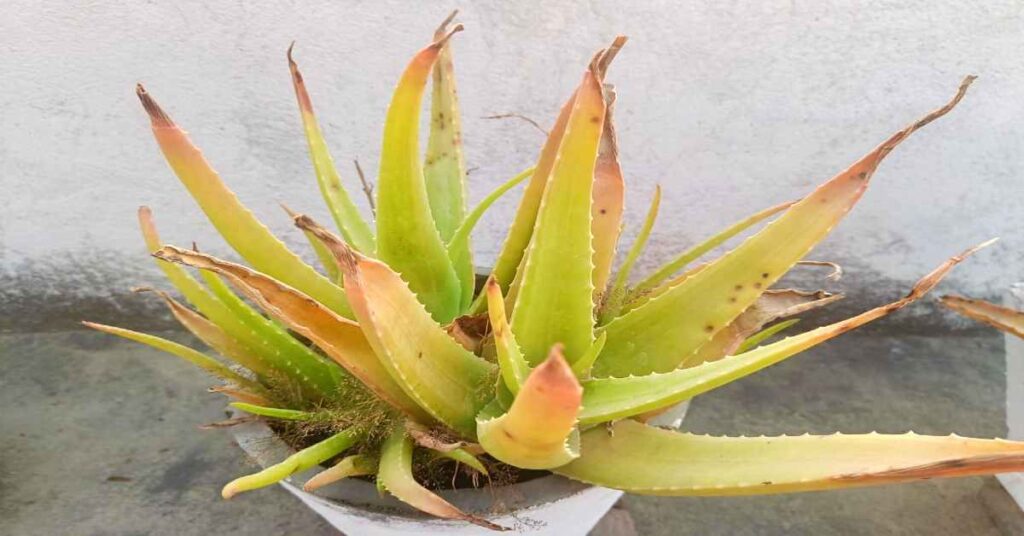Neem
Margosa tree or Indian neem are common names for Azadirachta indica. Since the beginning of time, ayurveda, unani, and homeopathic medicine have all made substantial use of it. Because Neem benefits include a high source of antioxidants. A plant in the Meliaceae family generally has a health-promoting impact. It has been widely utilized in the treatment and prevention of numerous diseases in Chinese, Ayurvedic, and Unani remedies around the world, particularly in the Indian Subcontinent. One of India’s native medicinal plants, neem has medicinal benefits in all of its parts, including the fruit pulp, roots, seeds, flowers, bark, and leaves. One example of supplementary medicine using phytotherapy is neem.
Neem is famous for its medicinal properties in Ayurvedic literature, specifically that its bark is cool, bitter, astringent, and caustic. Additionally, Neem benefits include treating worm infestation, fever, cough, redness, and other ailments. Additionally, it treats wounds, kapha-vitiated conditions, nausea, skin disorders, excessive thirst, and diabetes. Chemical substances found in the leaves are generally believed to be useful for treating eye conditions and making insect poisons, together with the bark. It also functions as an anti-leprotic and treats Vatika disease. Its fruits include astringent, purgative, hemorrhoid-preventing, and anthelmintic properties. Additionally, neem contains compounds that have anti-inflammatory, antiarthritic, antipyretic, hypoglycemic, anti-gastric, antiulcer, spermicidal, antifungal, antibacterial, diuretic, antimalarial, antitumor, and immunomodulatory properties.
Origin and Description
- The neem tree is a member of the Meliaceae family, which is widespread in tropical and semitropical areas including India, Bangladesh, Pakistan, and Nepal.
- Neem is typically found in the lowlands and up to 1850 meters above sea level. Neem is grown between sea level and 1500 meters above sea level in its newly discovered area.
- The tough Neem can grow and thrive even in soil that is marginal and leached because of its large and deep root system.
- The Neem tree is well-known for withstanding drought.
- It is a tree that grows quickly, reaching a height of 20 to 23 meters.
- Its straight trunk has a diameter of around 4-5 feet. The compound imparipinnate leaves have between 5 and 15 leaflets per leaf. It has green drupes that develop into golden drupes during June and August.
You might love to read about it
Chemical Constituents that show Neem benefits
More than 150 different chemical compounds were successfully extracted from various neem components. Due to its abundance of different types of components, Azadirachta indica L. (neem) has a medicinal role in the management of health. Azadirachtin is the most crucial active ingredient, followed by nimbolinin, Nimbin, nimbidin, and quercetin. Ascorbic acid, n-hexacosanol, amino acids, 6-desacetylnimbinene, nimbandiol, nimbolide, 7-desacetyl-7-benzoylazadiradione,7-desacetyl-7-benzoylgedunin,17-hydroxyazadiradione, and nimbiol are among the substances found in leaves.
The crude bitter substance derives from the oil of A. indica seed kernels and has many biological activities known as nimbidin. Flavonoids and other components found in neem play a crucial role in preventing the progression of malignant development. Numerous epidemiological studies indicate that a high flavonoid intake is potentially associated with a reduced risk of cancer.
Health Benefits of Neem
Part 1- Neem benefits
- Antioxidant property: One of the main reasons for the development of various diseases is the free radical or reactive oxygen species. However, one of the crucial steps in the prevention of illnesses is the neutralization of free radical activity. Neem has antioxidant activity. The results point to the strong antioxidant potential of leaf, flower, and stem bark extracts.
- Anti-Cancer property: Neem benefits also show in cancer treatment. Flavonoids and other compounds like limonoids found in neem are crucial in the control of the growth of cancer.
- Anti-inflammatory property: Neem is commonly famous for anti-inflammatory actions. This is due to the actions of Nimbidin. Prior research showed that oil seeds and bark concentrations had antipyretic and anti-inflammatory effects. And that leaves and bark extracts had immune-modulating and anti-inflammatory effects.
- Hepatoprotective properties: Neem benefits also show hepatoprotective properties. When it comes to hepatoprotection without any negative side effects, medicinal plants, and their constituent parts are essential. The rat liver recovers to normal with azadirachtin at the higher dose levels tolerably. Nimbolide is beneficial for hepatoprotective effect.
- Wound healing property: Excision and incision wound models were experimentally used in a study to assess the wound-healing activity of extracts from the leaves of A. indica in Sprague Dawley rats. The findings showed that extracts from plants significantly improved the wound healing activity in both excision and incision wound models.
- Antidiabetic property: Another interesting study shows that Neem leaf extracts is a source of treatment for diabetes mellitus due to their considerable antidiabetic activity.
Part 2- Neem benefits
- Antibacterial property: Compounds derived from neem, particularly azadirachtin, are well-known for their ability to serve as antibacterial agents. The toxic effect on microorganisms is mostly by a complex tetranorteiterpenoid limonoid present in both the seeds and the leaves.
- Antifungal property: Neem was also believed to be beneficial against some fungi that infect the human body going back in time. Neem leaf and oil seed extracts are effective against several fungal infections.
- Antiviral property: Aqueous leaf extract has antiviral properties that are effective against the measles, chikungunya, and vaccinia viruses. It was previously found that nimbin and nimbidin exhibit viral activity. They have an impact on vaccinia, poultry pox, and potato virus X.
- Effect on the central nervous system: The leaf extract became apparent to have varying levels of the central nervous system (CNS) depressing action in mice. Significant CNS depressing activity came to light in fractions of the leaf’s acetone extract. The stem bark and root bark crude ethanolic extracts demonstrated hypotensive, spasmolytic, and diuretic properties.
- Immunomodulatory property: Neem’s greatest significant benefit is its immune-stimulating compounds. It supports both lymphocytic and cell-intervened structures, including “Killer T” cells that can eradicate pathogens, infections, and cancer cells by injecting toxic synthetic substances into the intrusive cells.
- Antiulcer capability: Aqueous extracts of neem leaf and bark exhibit powerful antiulcer and antacid secretory effects. Nimbidin significantly reduced the incidence of duodenal ulcers caused by histamine or cysteamine as well as those caused by acetylsalicylic acid, indomethacin, stress, or serotonin.




